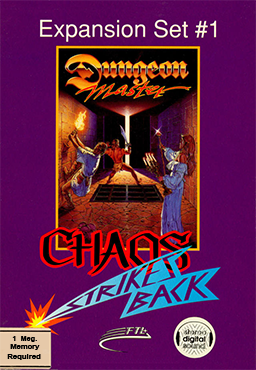
Chaos Strikes Back is an expansion and sequel to Dungeon Master, the earlier 3D role-playing video game. Chaos Strikes Back was released in 1989 and is also available on several platforms. It uses the same engine as Dungeon Master, with new graphics and a new, far more challenging, dungeon.

Conquests of the Longbow: The Legend of Robin Hood is a graphic adventure game designed by Christy Marx and published by Sierra On-Line in 1991. It is the second and final part of the Conquests series, which begins with Conquests of Camelot: The Search for the Grail. It features VGA graphics and Sierra's standard icon-driven interface first seen in King's Quest V.

A Prehistoric Tale is a platform video game developed by The Lost Boys and published by Thalion Software. It was released for the Amiga and Atari ST in 1990.

A-10 Tank Killer is a 1989 combat flight simulation video game for DOS developed and published by Dynamix. An Amiga version was released in 1990. The game features an A-10 Thunderbolt II attack aircraft. Following the success of Red Baron, version 1.5 was released in 1991 which included Gulf War missions and improved graphics and sounds. Several mission packs were sold separately. A sequel published by Sierra, Silent Thunder: A-10 Tank Killer II, was released in 1996.
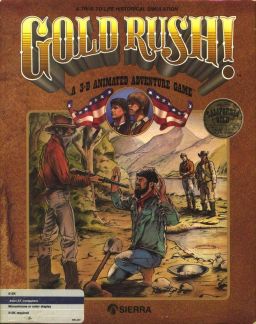
Gold Rush! is a graphic adventure video game designed by Doug and Ken MacNeill and originally released by Sierra On-Line in 1988.
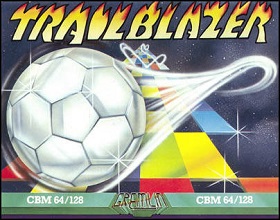
Trailblazer is a racing video game developed by Mr. Chip Software and published by Gremlin Graphics for the ZX Spectrum, Commodore 64, Atari 8-bit computers, Amstrad CPC, Commodore 16 and Plus/4 in 1986. It was ported to the Amiga and Atari ST.
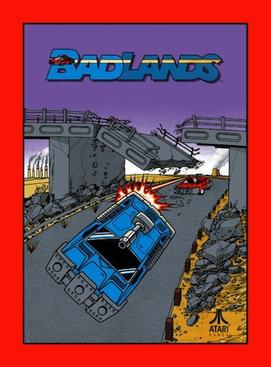
Badlands is a 1989 arcade video game published by Atari Games. It was ported by Domark under the Tengen label to the Amiga, Amstrad CPC, Atari ST, Commodore 64, and ZX Spectrum. The game is a re-themed version of Atari's previous racing games Super Sprint and Championship Sprint with the addition of vehicular combat. Badlands is set in the aftermath of a nuclear war and races around abandoned wastelands with many hazards. Three gun-equipped cars race around a track to win prizes.

Sanxion is a horizontally scrolling shooter developed by Stavros Fasoulas for the Commodore 64 and published in 1986 by Thalamus Ltd. It was the first game released by Thalamus. A ZX Spectrum port followed in 1989. Fasoulas also wrote Delta and Quedex.

Centurion: Defender of Rome is a turn-based strategy video game with real-time battle sequences, designed by Kellyn Beck and Bits of Magic and published by Electronic Arts. Originally released for MS-DOS in 1990, the game was later ported to the Amiga and the Sega Genesis in 1991. Centurion shares much of the concept and feel with Beck's earlier game Defender of the Crown (1987).
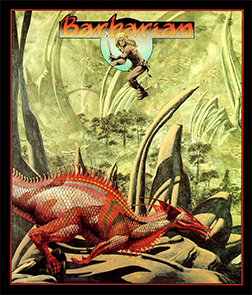
Barbarian is a 1987 platform game by Psygnosis. It was first developed for the Atari ST, and was ported to the Amiga, Commodore 64, MS-DOS, MSX, Amstrad CPC, and ZX Spectrum. The Amiga port was released in 1987; the others were released in 1988. The cover artwork is by fantasy artist Roger Dean.

Black Gold is a business simulation game released in 1989 by reLINE Software.

World Tour Golf is a 1986 video game by Evan and Nicky Robinson, Paul Reiche III and published by Electronic Arts for Commodore 64, Amiga, Apple IIGS, and DOS.

Toki is a run and gun platform game released in arcades in Japan in 1989 by TAD Corporation. It was published in North America by Fabtek. Designed by Akira Sakuma, the game has tongue-in-cheek humor mixed with the action. The player controls an enchanted ape who must battle hordes of jungle monsters with energy balls from his mouth. The ultimate goal is to destroy the evil wizard who cast a spell on the title protagonist; thereby transforming him from an ape back into a human, and rescuing the kidnapped princess. The game was ported to several video game consoles and home computers.

Mines of Titan is a single-player role-playing video game, developed by Westwood Associates, and released by Infocom in 1989 for Apple II, Commodore 64 and MS-DOS.
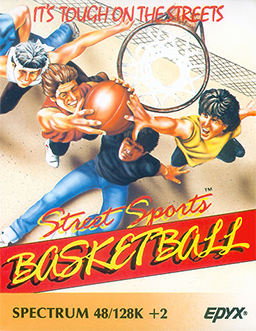
Street Sports Basketball is a 1987 computer basketball game for the IBM PC, Amstrad CPC, Amiga, Apple II, Commodore 64 and ZX Spectrum. It was developed by Epyx and published by U.S. Gold.

Elvira II: The Jaws of Cerberus is the second game in the Elvira series of horror adventure/role-playing video games. It was developed by Horror Soft and published by Accolade in 1992. The game is a sequel to 1990's Elvira: Mistress of the Dark. It was followed by Waxworks, which can be considered its spiritual sequel.
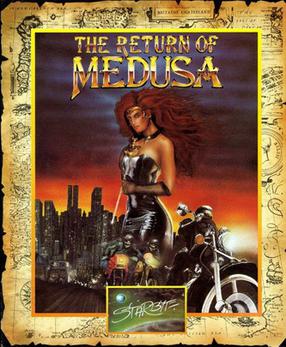
The Return of Medusa, also known as The Return of Medusa: Rings of Medusa II, is a 1991 role-playing video game and strategy video game hybrid developed by X-Ample and published by Starbyte Software for Amiga, Atari ST and PC DOS as a sequel to the 1989 game Rings of Medusa. A planned Commodore 64 version was cancelled.
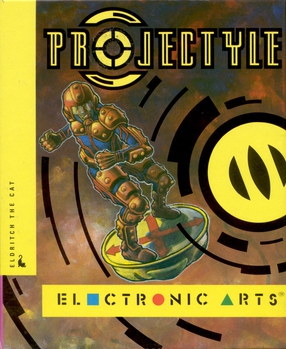
Projectyle is a sports video game originally released in 1990 for the Amiga and Atari ST.
Vermeer is a series of strategy and business simulation video games launched in 1987 by Ariolasoft. It contained three individual games between the original launch and 2004: Vermeer (1987), Vermeer: Die Kunst zu erben (1997), and Vermeer: The Great Art Race (2004).
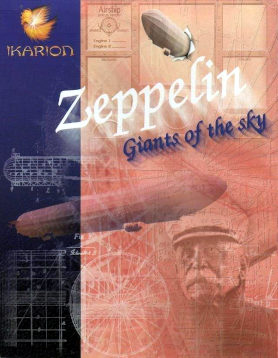
Zeppelin is a video game developed by German studio Ikarion and published by MicroProse for the Amiga and MS-DOS compatible operating systems in 1994.



















